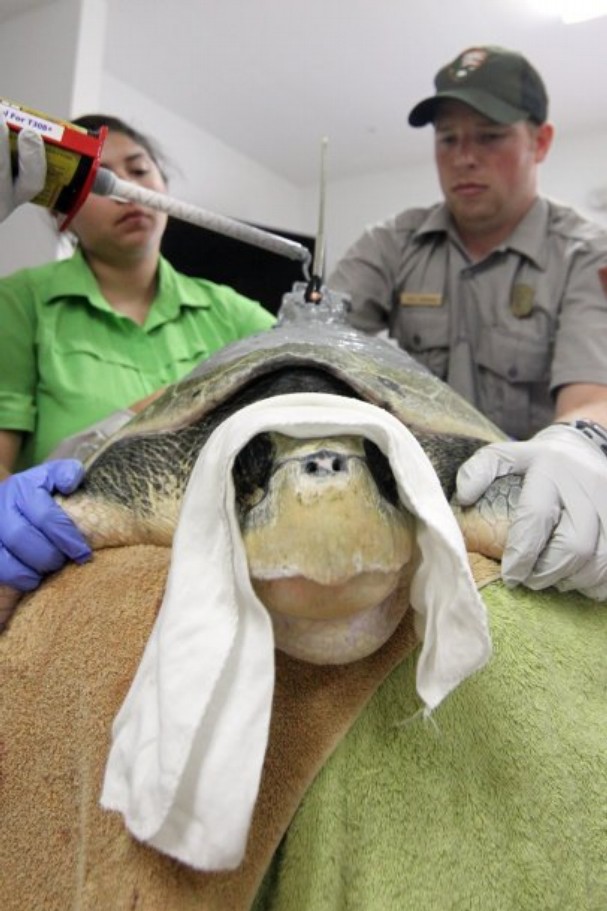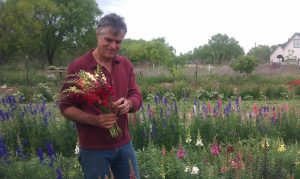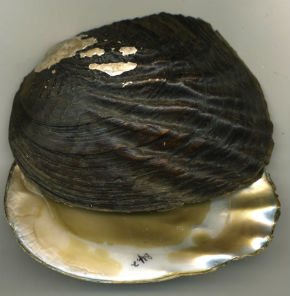Technology and Sea Turtles
Wednesday, October 31st, 2018This is Passport to Texas
Understanding where wildlife goes provides valuable information to help manage species. Dr. Donna Shaver uses the newest GPS technology in tandem with satellites orbiting12-thousand miles above earth, to track endangered Kemp’s Ridley Sea Turtles on the Texas coast.
We’re conducting this tracking because we want to get an idea about the habitat usage by these adult females.
Dr. Shaver is with the National Park Service.
We want to see where they’re going in the marine environment, which is where they spend the vast majority of their life; where they’re going for migration as well as for foraging when they’re done nesting.
It takes Dr. Shaver and her team about three hours to prepare a turtle for tracking.
We have to sand the shell; we put down the first layer of epoxy, then we’ll affix the transmitter. Then when it’s on here solid, we will paint the surface to help prevent barnacles from adhering onto that area where it [the transmitter] has been applied.
Dr. Donna Shaver uses GPS and satellite technology to track endangered Kemp’s Ridley Sea Turtles, and you can
see a video of her in action on the Texas Parks and Wildlife YouTube channel.
We’re one step closer towards recovering the species someday so that it can be enjoyed by future generations.
That’s our show… For Texas Parks and Wildlife…I’m Cecilia Nasti.







 Passport to Texas is a
Passport to Texas is a  Passport to Texas is made available by:
Passport to Texas is made available by: